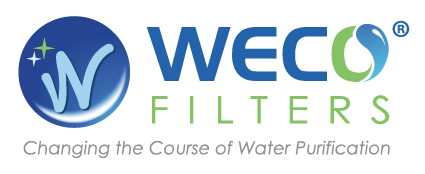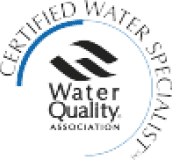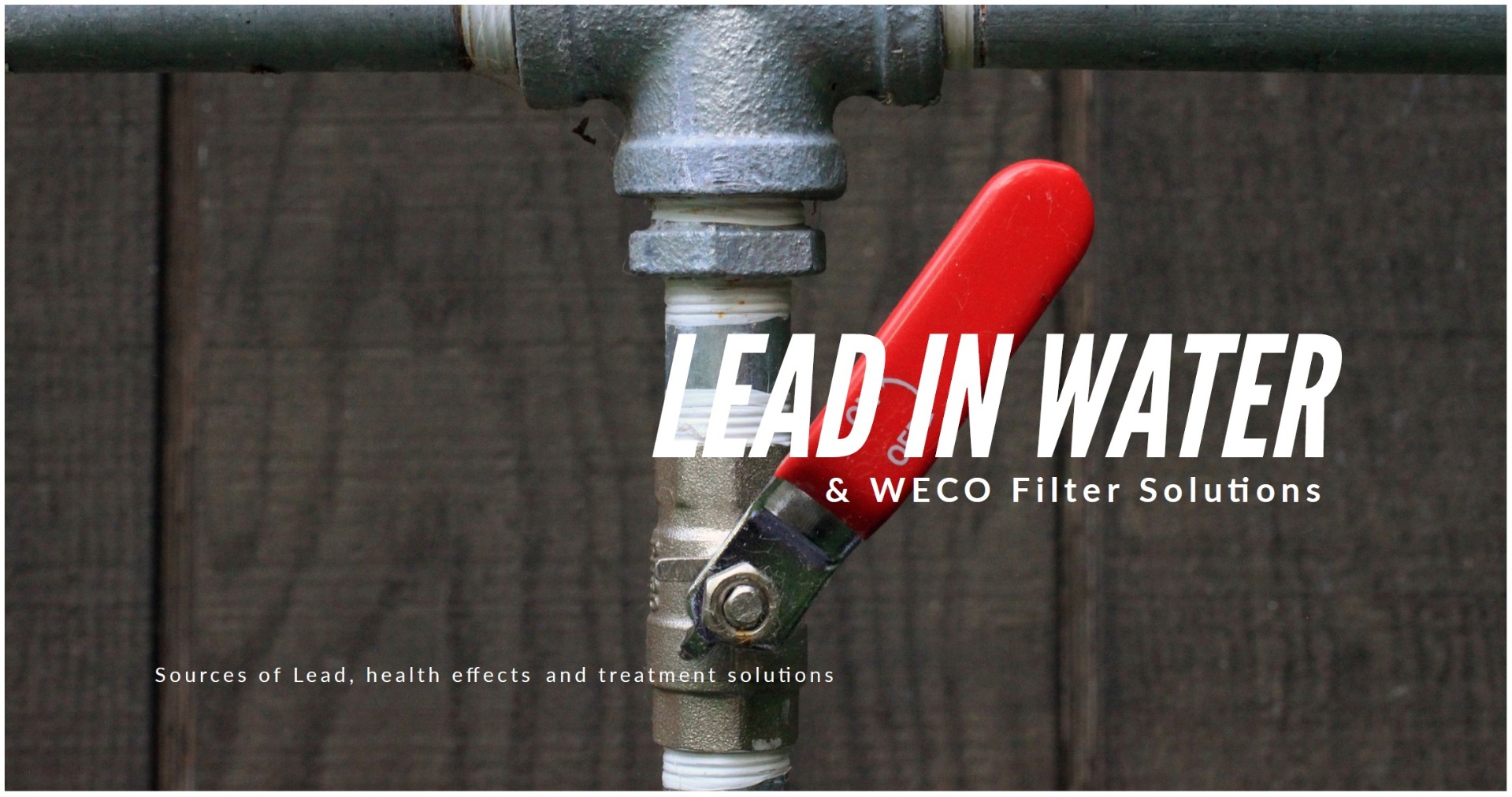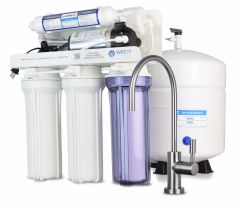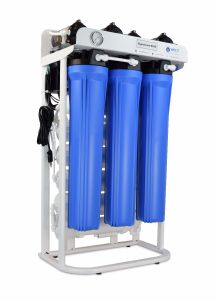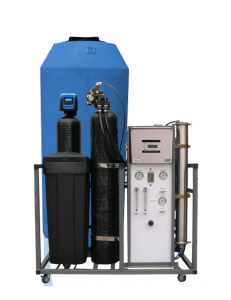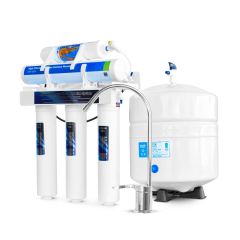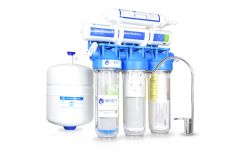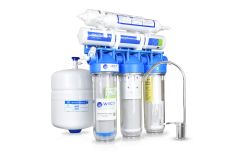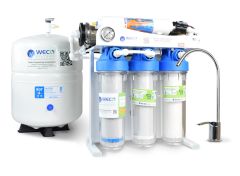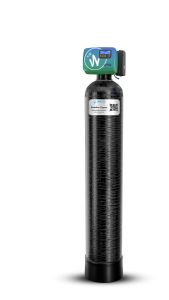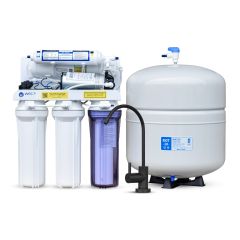Lead and drinking water
Lead is a naturally occurring element found in trace amounts in the earth’s crust. While it has some beneficial uses, it can be toxic to humans and animals. Lead usually gets into drinking water through corrosion of plumbing materials like pipes, solder and fixtures made with lead. Lead contamination is especially likely where the water has high acidity or low mineral content that speeds the corrosion of pipes and plumbing fixtures. Homes built before 1986 are more likely to have lead pipes, fixtures and solder than newer homes. However, many new homes are also at risk. Even legal "lead-free" plumbing components may contain up to eight percent lead.
What are the heath concerns with ingesting lead?
Young children, infants, and the unborn are especially vulnerable to lead because the physical and behavioral damage of lead occur at lower exposure levels in children than in adults. A safe dose of lead for an adult can have a significant harmful effect on a child. Their growing bodies absorb more lead than adults do. In children, low levels of exposure have been linked to damage to the central and peripheral nervous system, learning disabilities, shorter stature, impaired hearing, and poor formation and function of blood cells. Even trace levels of lead in the bloodstream of children can result in:
- Behavior and learning problems
- Slow growth and development
- Low IQ and hyperactivity
- Anemia
- Hearing problems
Pregnant women should also reduce exposure to lead. Lead can accumulate in our bones along with calcium. During pregnancy, lead is released from bones as maternal calcium and is used to help form the bones of the baby. This is especially true if a woman has a low dietary calcium intake. Lead also crosses the placental barrier exposing the baby to lead. This can cause health serious effects to the mother and the developing baby, including:
- Reduced growth of the baby
- Premature birth
Source: Centers for Disease Control public outreach
Even adults are negatively impacted by drinking lead contaminated water. Adults exposed to lead can suffer from:
- Cardiovascular effects, high blood pressure and incidence of hypertension
- Reproductive problems (in both men and women)
- Decreased kidney function
How can I protect against lead exposure in my drinking water?
The US Environmental Protection Agency has implemented the Public Notification Rule, requiring municipal water companies to notify customers when the plant is out of compliance concerning lead contamination. Lead contamination from wells, piping and fixtures within your home, office, business or apartment complex are not tested for lead contamination by the local authorities. EPA primary contamination level for lead is 0.015 mg/L. The source of lead and other metals are frequently found to be within the property itself and not necessarily the water supply. WECO can supply a variety of water treatment and purification systems to combat exposure to lead and other metals. WECO can also design a water conditioning system that corrects the acidic, corrosive conditions that not only cause the lead problem but eats away at your pipes and plumbing fixtures. There is no one-size-fits-all solution. WECO technical support will assess your particular situation and recommend the most efficient, cost-effective solution to lead and other types of contamination. WECO drinking water RO systems are using the best available technology for lead reduction.
Lead
¡Hablamos Español!
Ask a Certified Water Specialist-
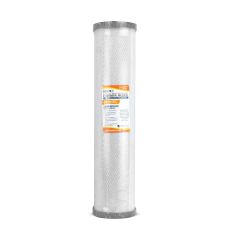 Big Blue 4.5" x 20" Carbon Block 0.5 Micron Water Filter Cartridge for Lead ReductionSKU#:CBPB-4520-0.5Price: $94.45 As low as Price: $85.01
Big Blue 4.5" x 20" Carbon Block 0.5 Micron Water Filter Cartridge for Lead ReductionSKU#:CBPB-4520-0.5Price: $94.45 As low as Price: $85.01
